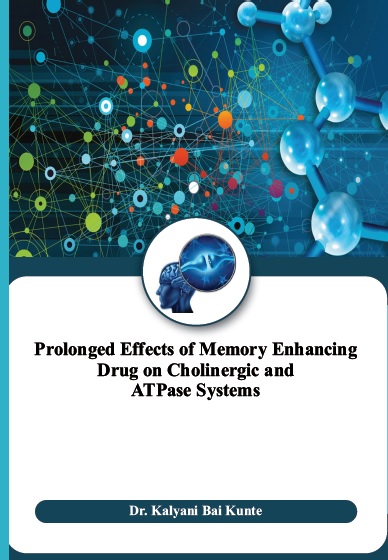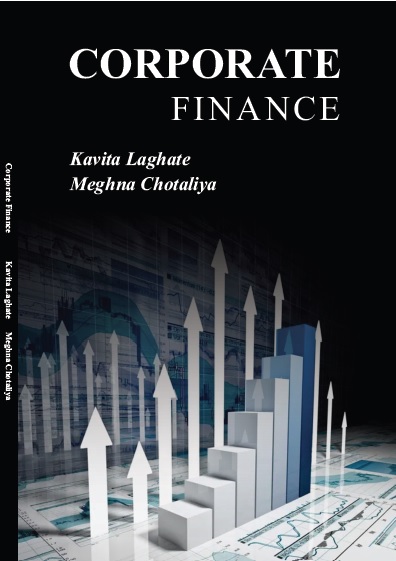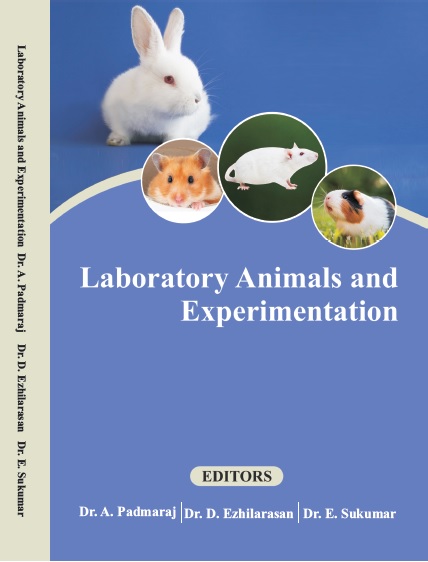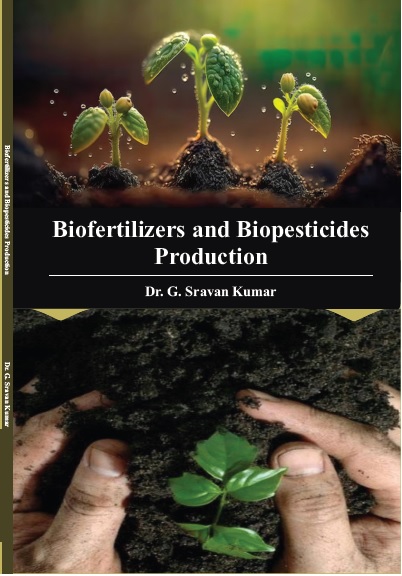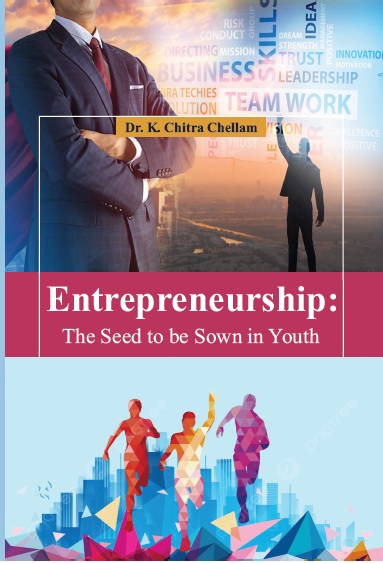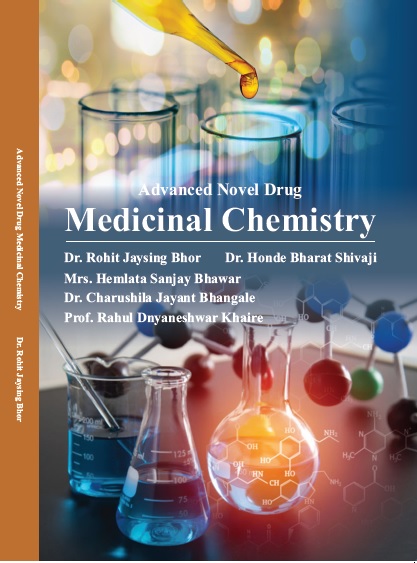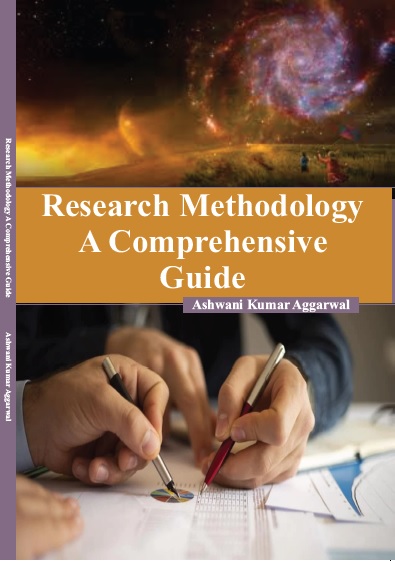LIFE SCIENCES
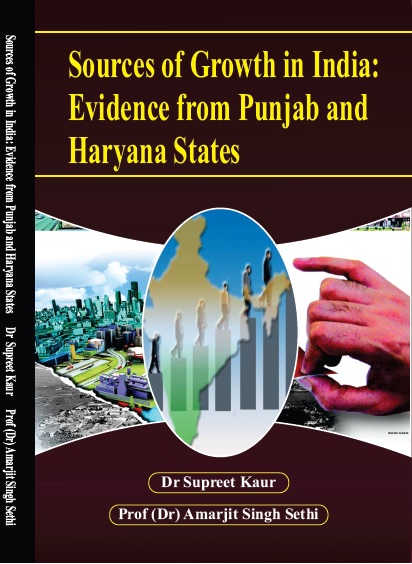
Sources Of Growth In India: Evidence From Punjab And Haryana States
by Dr Supreet Kaur
ISBN Number : 978- 1-63047- 430-0
Authors Details
| Author Name | Image | About Author |
|---|---|---|
| Dr Supreet Kaur | 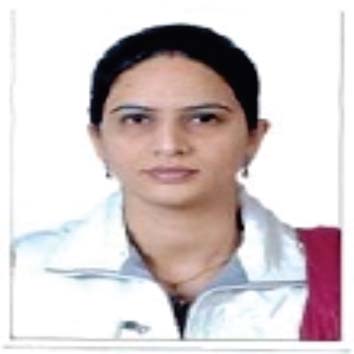 |
Dr Supreet Kaur is presently Assistant Professor in Economics at Khalsa College, Amritsar.
She did her B.Sc. (Hons. School) in Econ, M.Sc. (Hons. School) in Econ and doctorate in
Economics (under UGC-Junior Research Fellowship) from Punjab School of Economics,
Guru Nanak Dev University, Amritsar. A Gold medalist and a merit scholarship holder, she
has more than a dozen research papers to her credit, published in reputed journals. Besides,
she has presented many papers in national/international seminars and conferences. For the
last about five years, she has been teaching various graduate and under-graduate courses in
Economics/ Quantitative Techniques. She is life member of Indian Economic Association,
Indian Society of Labour Economics and Indian Association for Research in National
Income and Wealth. |
| Prof (Dr) Amarjit Singh Sethi | 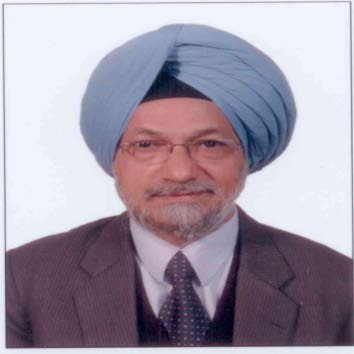 |
Former Dean of the Faculty of Economics & Business, Dr Amarjit Singh Sethi is presently aSenior Professor at Punjab School of Economics, Guru Nanak Dev University, Amritsar. Earlier, a member of both Senate and Syndicate of GND University, Prof. Sethi has put in nearly 41 years of Continuous/ Regular Teaching & Research Experience in Different Universities. Having done his M.Sc. and Post-M.Sc. Diploma in Statistics from the IASRI, New Delhi, he earned his doctoral degree in Economics from GND University, Amritsar. A Gold-Medallist, Prof Sethi has been bestowed with the Best Paper Prize Twice By the Indian Society of Agricultural Statistics, New Delhi (1987-88) and in an International Conference on Shifting Paradigms in Applied Economics and Management Course Correction (2014). During his academic career, he was awarded with numerous Scholarships and Fellowships. Prof Sethi has already authored one book on Dynamics of National Income, and has to his credit more than 100 research papers published in various journals of National & International repute. Besides, he has presented a large number of research articles in National/ International Conferences in India and abroad has chaired a number of Technical Sessions in various Conferences/ Seminars and has delivered numerous invited lectures on Research Methodology Techniques in various institutions. Prof Sethi is a Subject Matter Expert on National-level & State-level Bodies, and has held various positions in a number of Professional Bodies. His biographical data has been included in the Marquis Who s Who in the World, 21st Edition (2004), as also in the very First Edition of the Marquis Who s Who in Asia (2006). As an Applied Econometrician, Prof Sethi has a strong passion for getting solution to his complexproblems through a very strong battery of self-developed computer programmes in R-language. |
Book Description
Growth is an important aspect of the process of economic development. However, analyzing the issue of economic growth is a fairly complex phenomenon. The issue addresses as to why certain economies grow faster while others do so at a slower pace. In fact, growth of an economy is governed by a multiplicity of dimensions, divisible broadly into two constituent parts: factor inputs, measuring quantity of factors, and total factor productivity (TFP), measuring quality of factors. A study of growth accounting (specifically in respect of the role played by TFP) becomes imperative in view of the limited availability of factors of production, particularly in developing economies like India. After the process of liberalization, initiated during mid-eighties, there has been a significant acceleration in the growth rate of the Indian economy. The long-standing barrier of the so-called Hindu Rate of Growth of around 3.5 percent has been comprehensively broken, and the Indian economy has been cruising along at the rate of around 8 percent per annum. However, the state of Punjab, which at certain point in time happened to be the most progressive state of India, has lately been termed as one of the sluggishly growing Indian state. On the other hand, Haryana, which was carved out of the Punjab state and used to be known as its poor cousin, has edged past the Punjab state on most of the economic parameters of growth. Having even crossed national growth rate, the Haryana state has left behind its big brother Punjab. Thus, in order to bring out the constraining factors in the growth process, the present in-depth study was carried out, which concentrated on the quantitative analysis of different sources of economic growth in Punjab vis-à-vis the Indian economy, in general, and Haryana, in particular. Making use of regular time series information on various macro-economic variables (at aggregated and disaggregated levels) for 30 years' study period from 1980-81 to 2009-10, single factor productivities and employment elasticities of output were estimated for different sectors of each of the three economies. Growth accounting analysis was carried out broadly through three alternative streams: Factor Share Approach, Production Functions Approach and the DEA-based Malmquist Productivity Index Approach. An attempt was also made to study the nature of functional relationships between TFP and developmental expenditure of each major sector among the three economies. Based upon the findings from the analysis, certain growth-promoting policy suggestions have been made. During the course of the study, a number of institutions/ organizations, like Central Statistical Organisation, New Delhi; National Council of Applied Economic Research, New Delhi; Reserve Bank of India, New Delhi; Economic and Statistical Organisation, Punjab, Chandigarh; Economic and Statistical Organisation, Haryana, Panchkula; etc. were visited. We gratefully acknowledge the academic input provided through fruitful discussions with subject-matter experts in these organisations. We also wish to acknowledge the help rendered by librarians of these institutions for extending access to the literature and other research material available in the libraries. The vocabulary falls short to acknowledge the cooperation and moral support extended by members of our families. Above all, we express our gratefulness to the Almighty God for bestowing upon us the much needed physical and mental stamina to accomplish this task smoothly. 3 Our special thanks are due to the Editor, SARA Books Private Limited, for reshaping our manuscript in an impressive format into this book. We, however, are solely responsible for errors and omissions, if any, in the publication.





